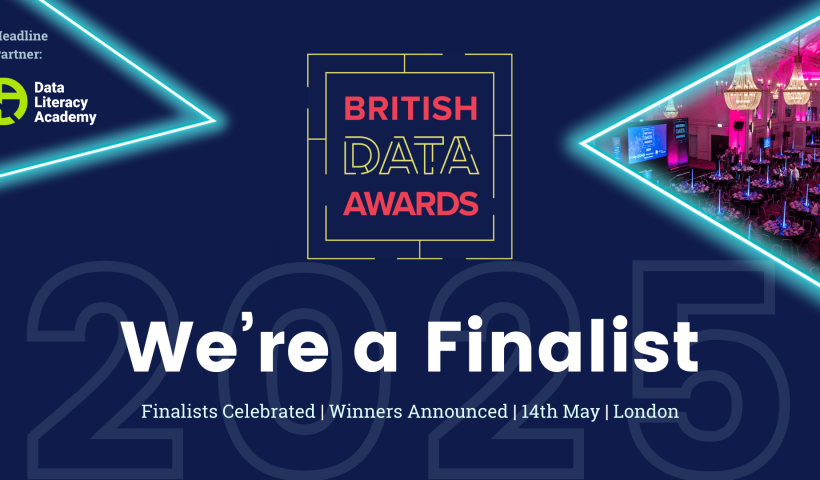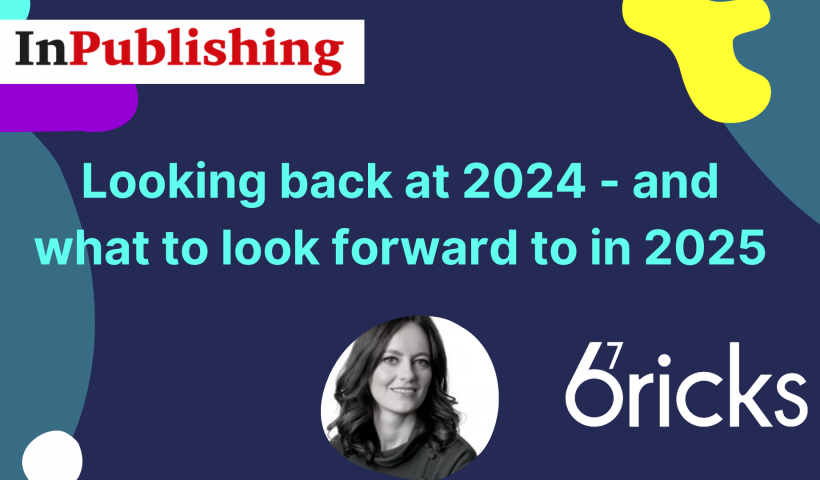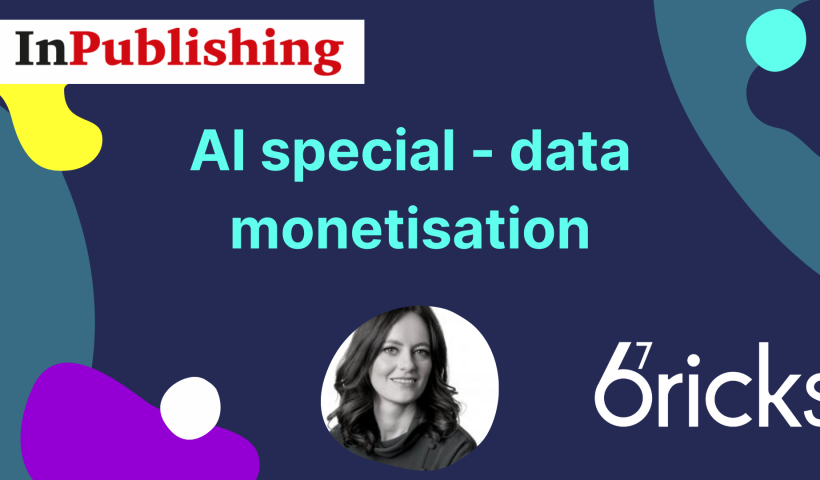We love sharing the experiences of our colleagues here at 67 Bricks. Rachael Lammey joined us just six months ago from Crossref, and has taken a moment to reflect on her time with us so far…
From lists to learning: Key takeaways from six months at 67 Bricks
I started at 67 Bricks as an Engagement Lead in March 2024, and wanted to put a little thought into the top things I’ve picked up in my time here. I love a list and I love ticking things off a list. Six months into life at 67 Bricks, I’ve been reflecting on six things I’ve learned or am continuing to learn as I go:
- So many questions. The organisations 67 Bricks are working with are looking at some really challenging things. They can see the needs of their audiences changing rapidly and want to take advantage of the opportunities that present. Some examples I’ve seen are: bringing a new product to market quickly, thinking of ways to repackage and reimagine how they can deliver information that was previously in more static formats, digging deeper into the needs of their customers. Which brings me to…
- Customer insight is paramount. In a previous role, one of the developers I was working with on a project told me that doing UX research with clients cut through 20 user stories, that still resonates with me. The engagements I’ve enjoyed most (so far) are the ones leaning on the rich insights that come from clients, customers and users to inform the direction of a specific tool or service, or help prioritise areas of focus that will make the most impact for users.
- We are more similar, and different than we think. Apologies for the massive contradiction! What I mean is that 67 Bricks works with lots of different organisations – standards organisations, publishers, B2B customers – with high quality information that they want to deliver in more sophisticated, integrated and flexible ways. So there are transferable skills that carry well across clients plus benefiting from the expertise from colleagues who’ve worked across a host of engagements. What this doesn’t mean however, is a copy-and-paste approach. For example, the standards organisations and publishers I have worked with exist in competitive environments but with differing levels of collaboration between entities and aggregators. Both publish high-quality, detailed information but it’s often used in different ways and those ways are changing e.g. on-site/off-site vs remote has impacts for the manner in which they need to distribute content and how it needs to be shared among different stakeholders within the customers that work with them. I’ve learned a lot from working more closely with standards organisations over the last six months and am invested in seeing what they do next.
- Step-by-step. Going back to the list idea, breaking down complex problems into different phases is always the best way to tackle them. Saying to a new customer, or an existing partner ‘let’s collaborate on an initial, timeboxed piece of discovery work’ or ‘let’s prototype something quick first’ is often a great option for both sides for many reasons: budget, flexibility, compatibility, time being just a few. Setting customers up to take successful next steps is a great outcome for all concerned and it’s an approach that I really like.
- Opportunity knocks. The digitisation of content creates a ton of opportunities, but progressing these to produce products, tools and services that meet user needs is a complex process involving multiple stakeholders. For example, I’ve been really impressed with some of the recent platform launches that 67 Bricks has worked on alongside partner organisations to realise what began as an idea, a product vision or maybe even a worry to support them in delivering information in new formats, via new workflows or combining it with other sources of information to deliver what customers need and to generate more opportunities in turn.
- Learning. I’ve really enjoyed learning more about other industries via the engagements I have worked on and by connecting with my knowledgeable, helpful colleagues. I also love the increasing range of tools coming to market to help in the project management and data interpretation spaces: Net Promoter Score (NPS), sentiment analysis, data visualisation (Graphext is well worth a look – we used it on my first engagement here to shake out insights from a large volume of customer data). Experimenting and seeing what others are using and the approach they’re taking both internally and externally is incredibly valuable. So I’m happy not to have to cross learning off my list 🙂
Looking ahead, I am excited to pick up new engagements and continue learning from my colleagues, the projects they’re working on, and the organisations that we collaborate with. There will be more lists I’m sure!

Rachel Lammey, Engagement Lead


